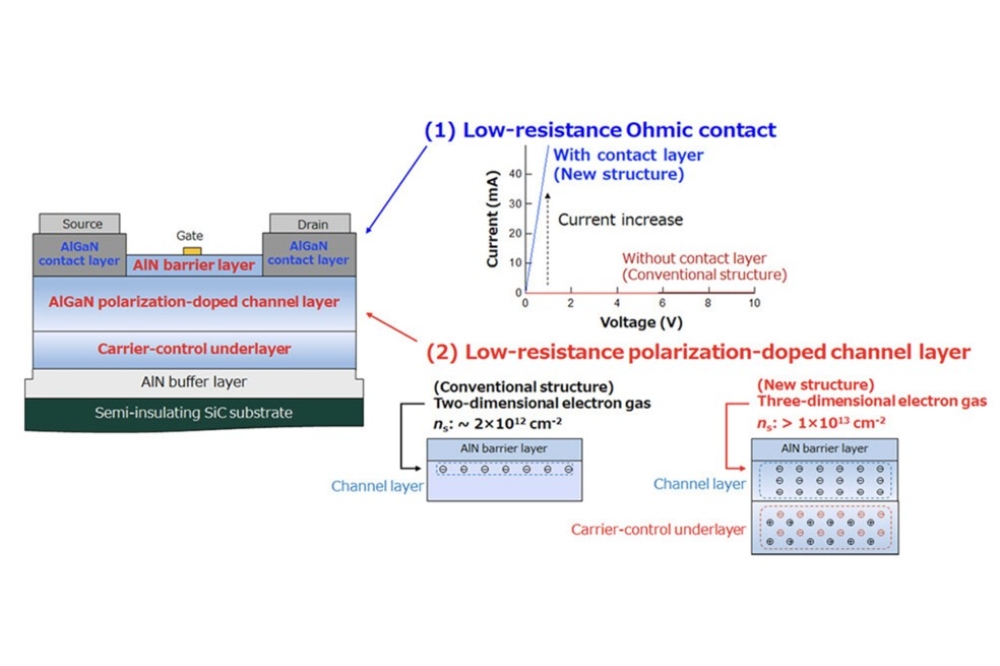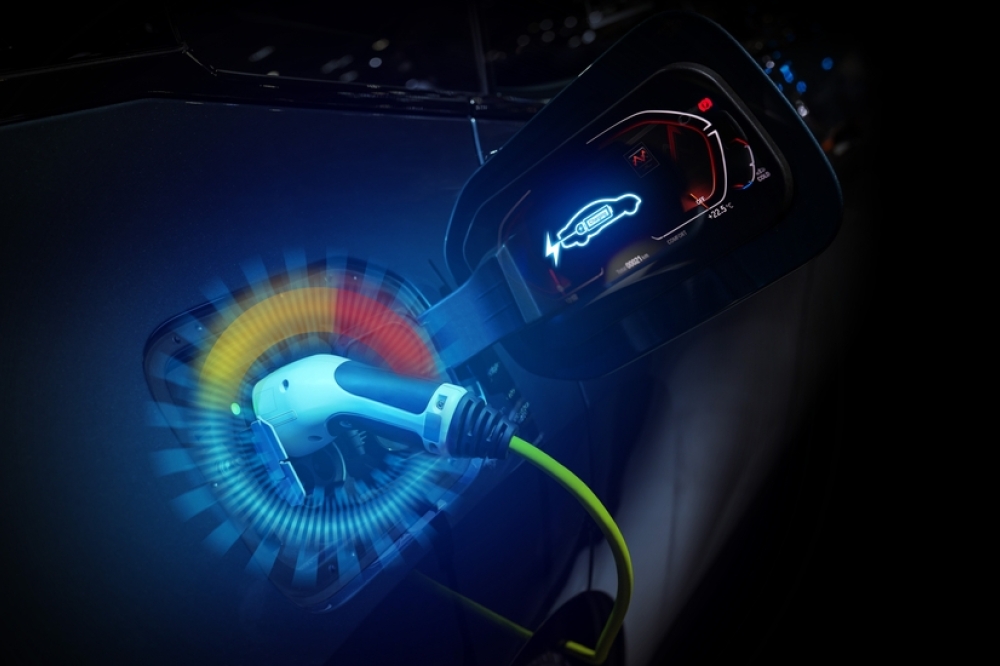The legacy of Professor Nick Holonyak, Jr.

We take a look back at the life of a trailblazer, whose inventions included the visible LED and many forms of semiconductor laser
BY MIKE KRAMES FROM ARKESSO AND RUSSELL DUPUIS FROM GEORGIA INSTITUTE OF TECHNOLOGY
‘Pioneer’ and ‘visionary’ are often overused today, but both of these terms are accurately applied to Professor Nick Holonyak, Jr. This ground-breaking academic – fondly called just ‘Nick’ by his friends, colleagues and sixty PhD graduate students at the University of Illinois at Urbana-Champaign (UIUC) – was not only a very innovative and hard-working scientist and engineer, but also a role model for his students for his perseverance, his ability to create new and exciting results from a modest laboratory not stocked with a lot of advanced equipment, and his making sure that the graduate students got adequate credit for their work. Holonyak’s pioneering work in semiconductor materials and devices underpins much of the internet, lighting, telecom, visual displays, as well as the face-recognition systems, e.g., ‘Face ID’, and high-efficiency power device technologies being developed today.
His many innovations include the first ternary compound semiconductor epitaxial layers, the first III-V heterojunctions, the first ternary LED and laser diode, and the first III-V quaternary and quaternary laser diodes. In addition, he is to thank for creating the first processes for producing: a stable III-V semiconductor native oxide, impurity-induced layer disordering, quantum-well laser diodes, the transistor laser and various silicon-based technologies.
Holonyak was the first graduate student of two-time Physics Nobel Prize winner John Bardeen. Holonyak began his doctoral studies at UIUC under Bardeen in 1951, after completing his BSEE degree at that university in 1950. He graduated with his PhD in 1954 and joined Bell Telephone Labs in Murray Hill NJ, where he worked on developing the first silicon diffused-junction devices. Declining to seek a draft deferment, he was drafted into the US Army in 1955 and served in the US Army Signal Corps until to 1957. On leaving, he joined General Electric Company (Syracuse NY), where he worked on power and signal p-n-p-n devices (including the invention of the shorted-emitter; the symmetrical silicon-controlled rectifier; and thyristor switches, such as triodes for alternating currents).
While at GE, between 1960-1963 Holonyak developed the first visible-spectrum LED and laser diode, a red-emitting p-n junction fabricated from the first III-V semiconductor ternary device, based on GaAsP. In 1963, he predicted that ultimately the world would have white LEDs – a surprising and remarkable statement at that time.
Nick Holonyak and his research team in the GE Syracuse Lab with the apparatus for testing visible red laser diodes in about 1962. Courtesy: GE.
Holonyak joined UIUC as a Full Professor in the Electrical and Computer Engineering department in 1963 at the invitation of John Bardeen. In 1970, Holonyak and his students developed the first quaternary III-V alloy in order to improve laser diode performance. His group also developed the first quantum-well laser diode in 1977, and demonstrated room-temperature operation of these devices in 1978. Other significant contributions from his team have included advances in III-V laser diodes and III-V materials, such as impurity-induced disordering (1981), native oxide formation (1990), and a collaboration on the development of the transistor laser (2004).
This trailblazer was an active teacher and researcher for 50 years until his formal retirement in 2013, when he became Professor Emeritus. He continued to make technical contributions after his retirement, expanding his publications to over 600 technical journal articles. He also holds over 60 patents. Over many decades, recognition for his contributions has come from numerous award (see “Acknowledging Holonyak’s tremendous contributions”).
Holonyak’s background was a humble one. He was born in southern Illinois, the son of a coal miner, an immigrant from the Carpathian Mountains in Ukraine. As a boy he had a keen interest in all things electrical and mechanical, fueled by insatiable curiosity. He worked on the railroad for a time during high-school summer ‘vacations’, which inspired him to find a career that would utilize his mind rather than his back.
Holonyak had an incredible way of educating and mentoring his graduate students, a method developed in the twentieth century that seems out of place today in the age of the internet, yet was so powerful and effective. Holonyak was in the department every day, six days a week – or sometimes even seven. He would be either in the lab, his office, the library, or the gym (Nick was quite physically active). He would have impromptu coffee ‘sessions’, one each morning and afternoon. In these, students who were available would gather around him, and he would quickly launch into a story, or series of stories. They were often detailed tales of past work and/or people (such as John Bardeen). This was not abstract storytelling, but insight that would inevitably address one or more of the issues one of the current students was having with a project in the lab. Holonyak would have picked up the problem just by walking around, and paying attention, not addressing it directly, but instead through storytelling that was not only a highly engaging way to address issues but a form that educated everyone present simultaneously. And he did this twice a day, every day: more than two thousand sessions per student. One graduate recently remarked after hearing of Holonyak’s passing: “Those coffee times gave me more insight to how to be an engineer than all the 6 years I was at U of I.”
Many of Holonyak’s PhD students have gone into academia or leadership roles in technology industries, so his legacy continues to expand through their many generations. There is no doubt his contributions will continue to create value and further improve the lives of many people on this planet. He is missed greatly.
Main Image: Holonyak in 2002 with a diagram showing the development of visible LEDs since 1962. Courtesy: UIUC.
Acknowledging Holonyak’s tremendous contributions
Holonyak’s many awards include the:
† IEEE Jack A. Morton Award (1981)
† Electrochemical Society Solid State Science and Technology Award (1983)
† Sigma Xi Monie A. Ferst Award (1988)
† IEEE Edison Medal (1989)
† Charles Hard Townes Award of the Optical Society of America (1992)
† American Electronics Association 50th Anniversary Award (1993, “Inventing America’s Future”)
† National Academy of Sciences Award for the Industrial Application of Science (1993)
† American Society for Engineering Education Centennial Medallion (1993)
† Vladimir Karapetoff Eminent Members’ Award of Eta Kappa Nu (1994)
† TMS John Bardeen Award (1995, The Minerals, Metals, and Materials Society)
† 2000 IEEE Third Millennium Medal, Frederic Ives Medal of the Optical Society of America (2001)
† U.S. National Medal of Technology (2002)
† U.S. National Medal of Science (2003)
† IEEE Medal of Honor (2003)
† NAE Chares Stark Draper Prize (2015)
† Benjamin Franklin Medal of the Franklin Institute (2017)
† Queen Elizabeth II Prize in Engineering (shared with four other colleagues, 2021)

































